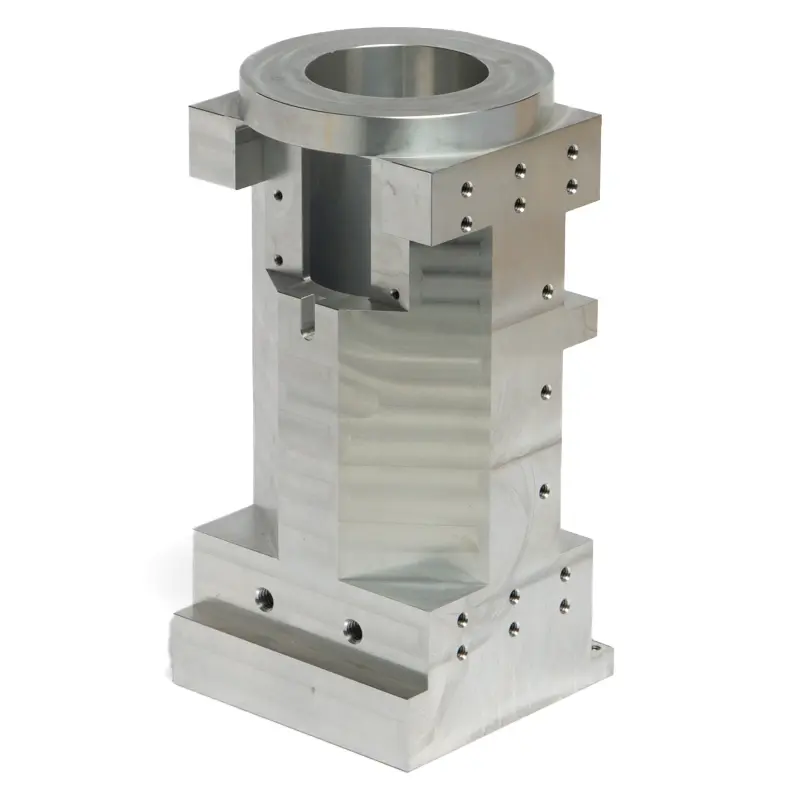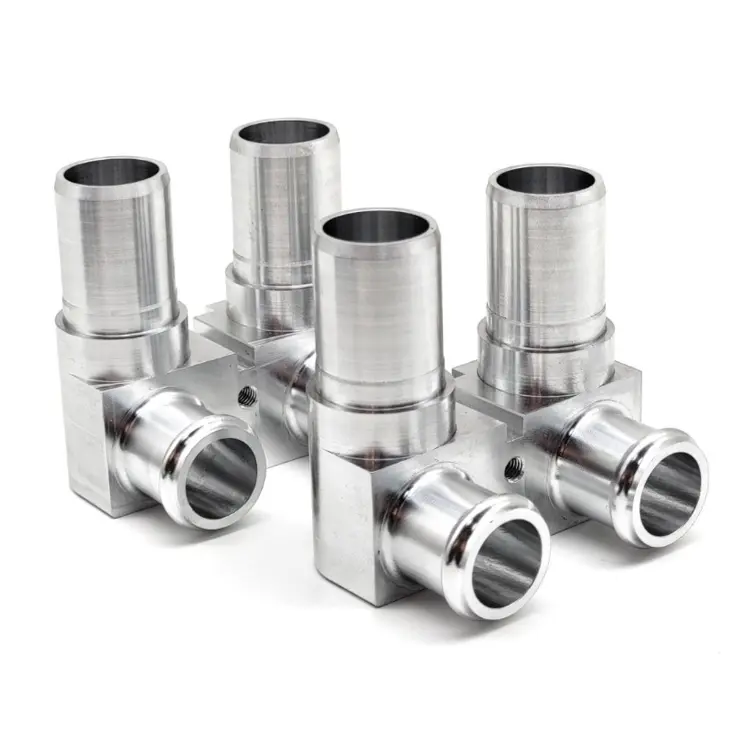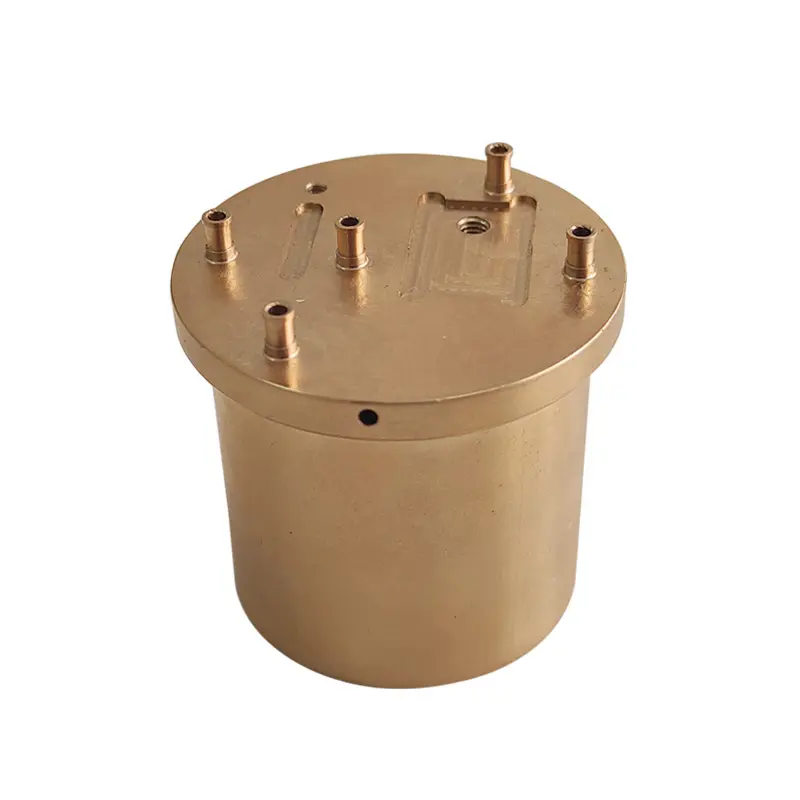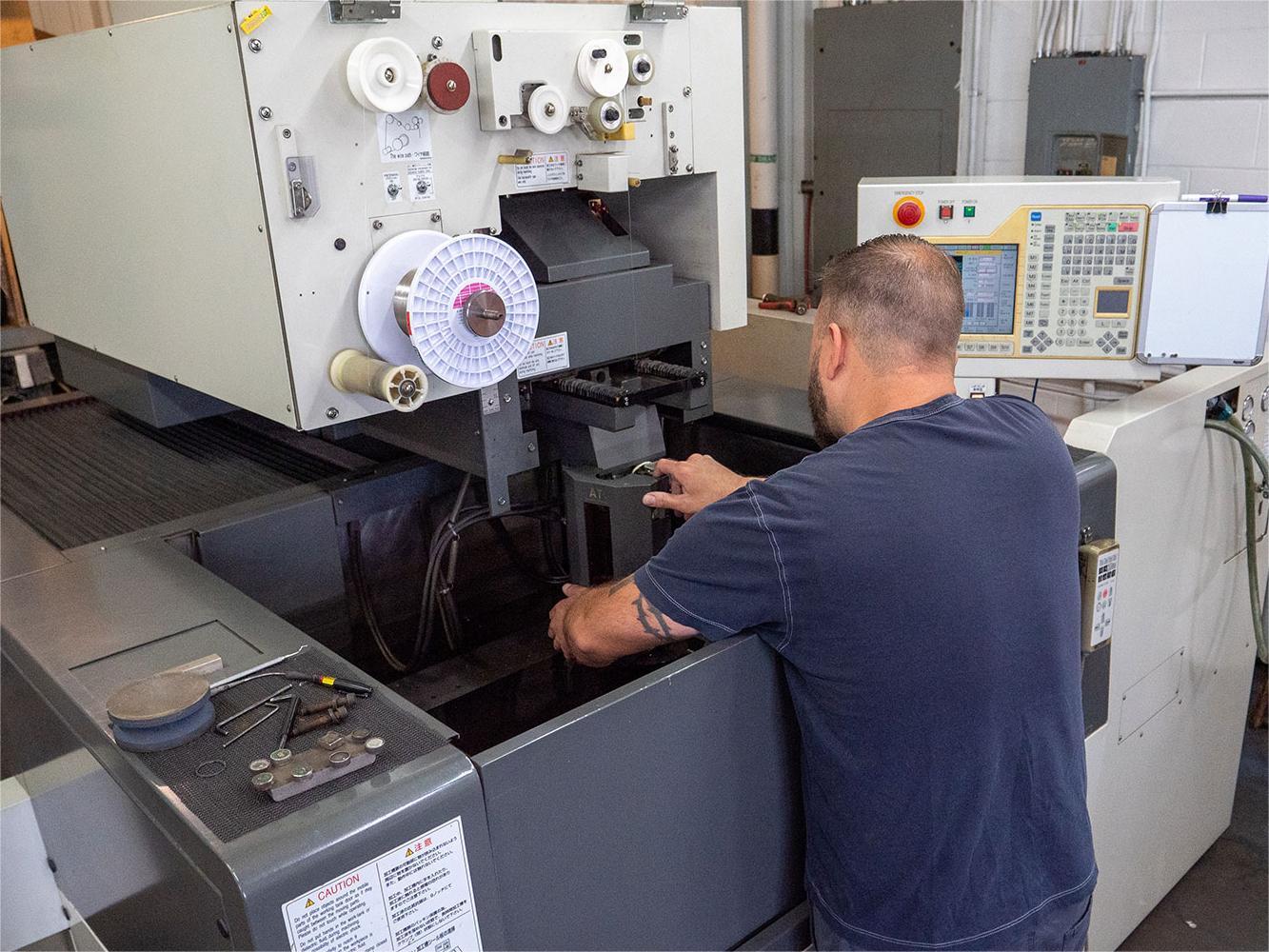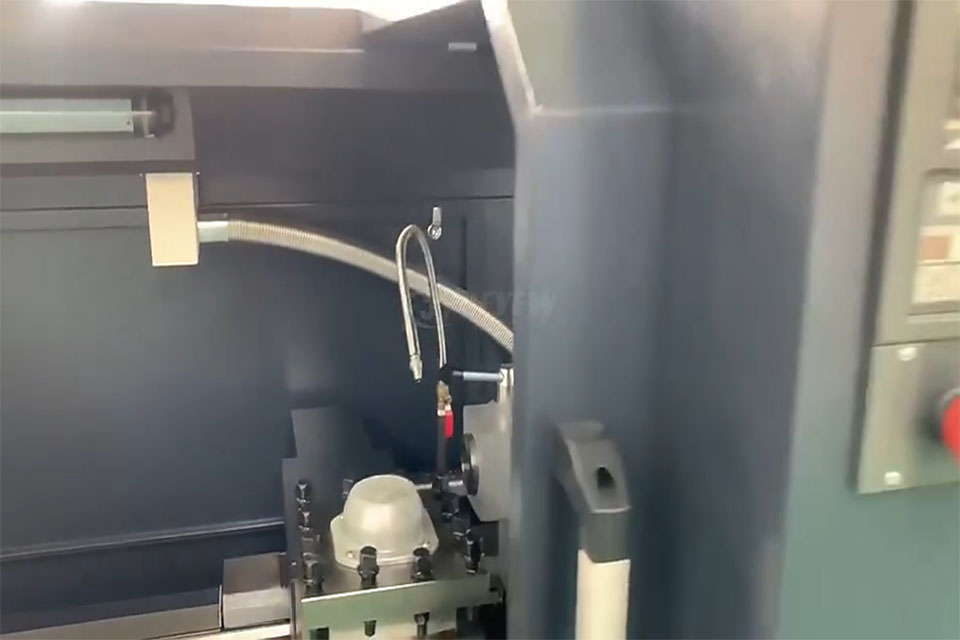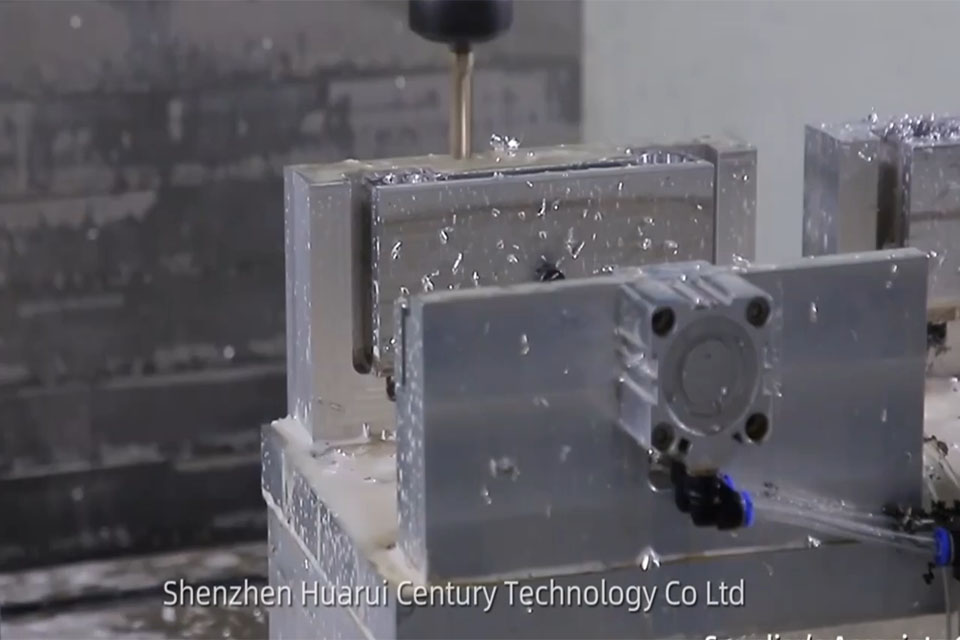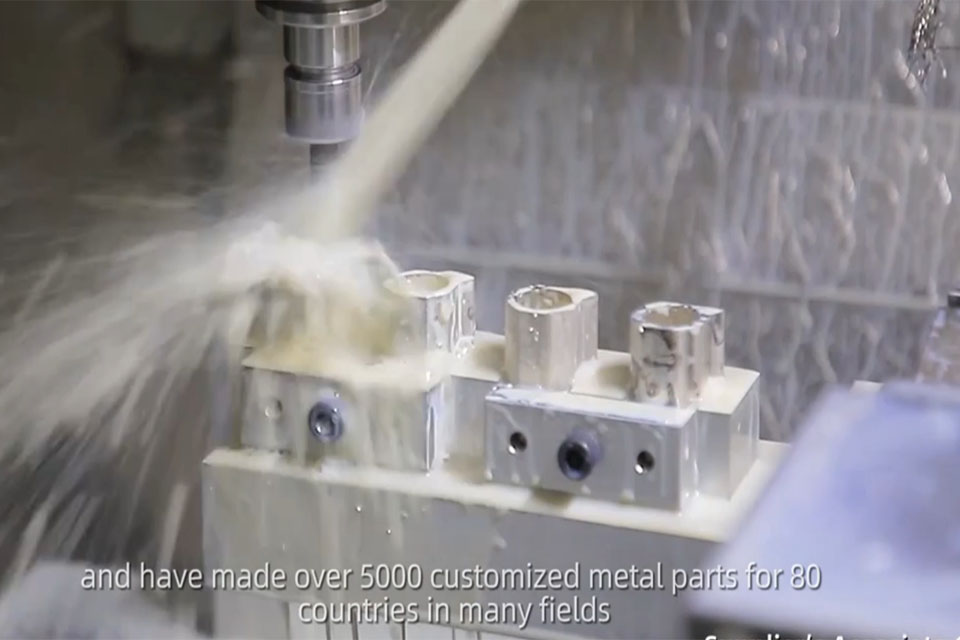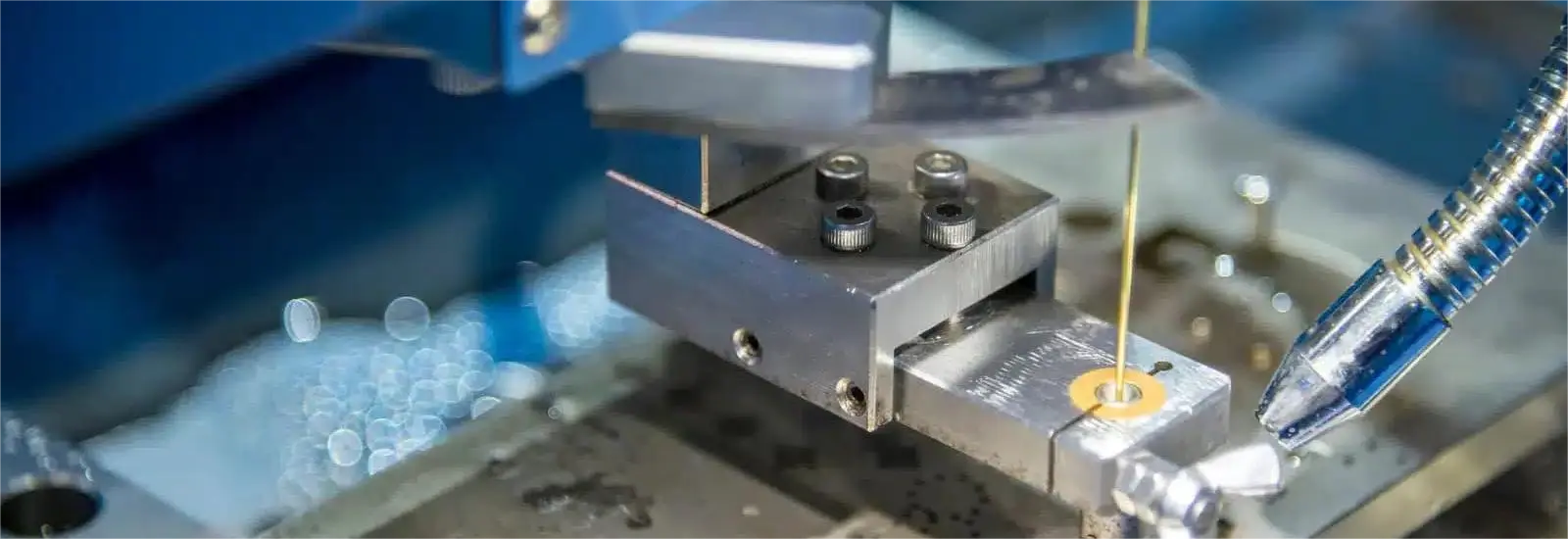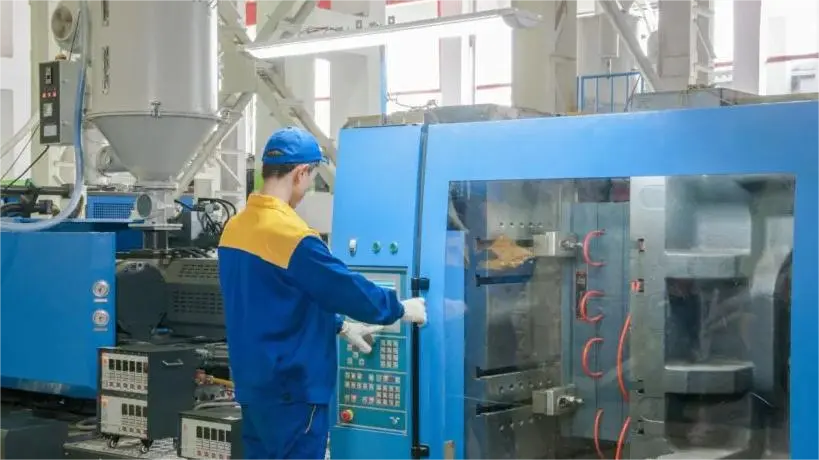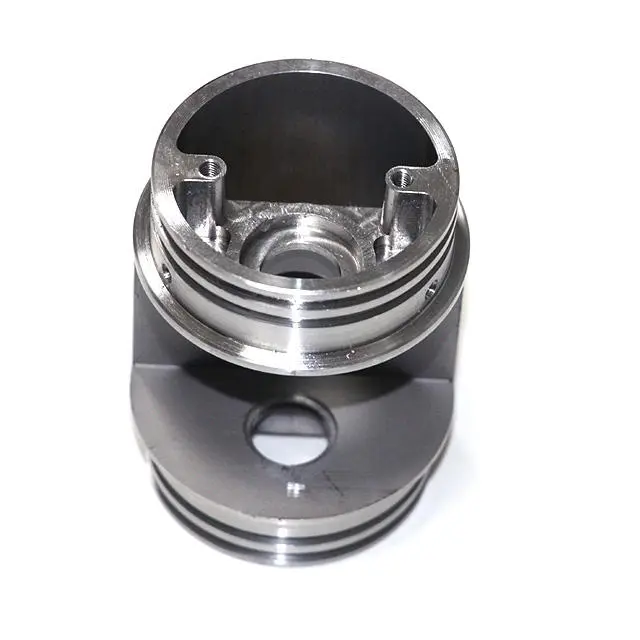
제목: 정밀도 향상: 최신 제조를 위한 CNC 머시닝 심층 분석
목차
소개
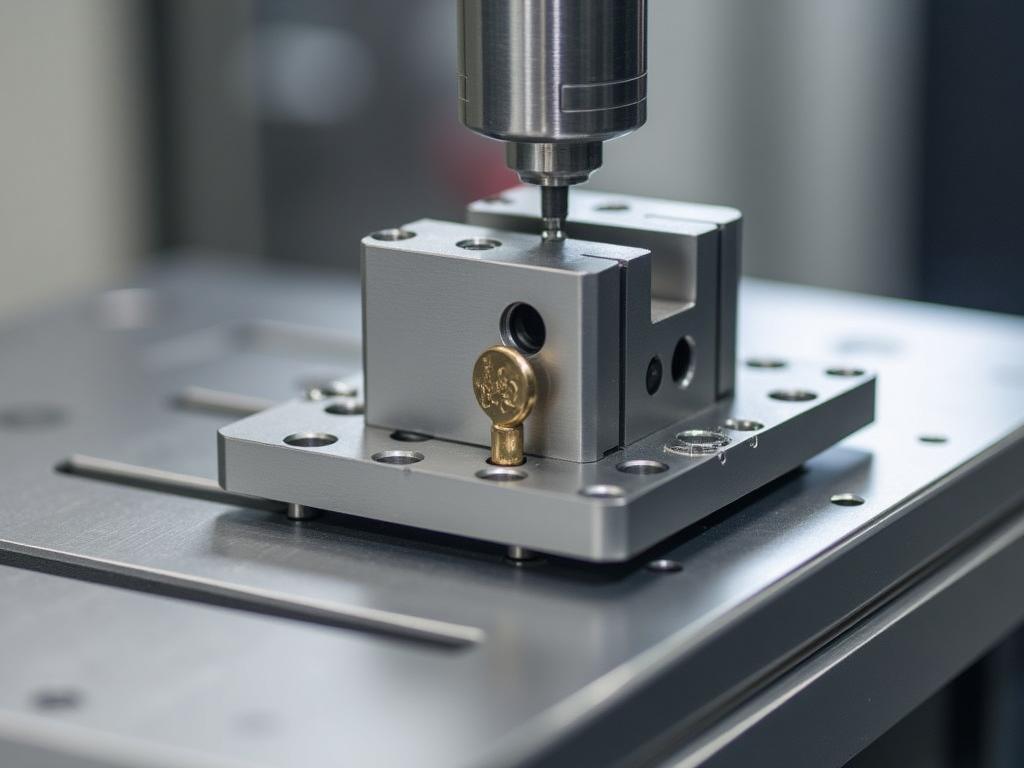
Attention: The Growing Need for Precision in Manufacturing
The manufacturing world is experiencing a seismic shift, driven by the demand for increasingly complex and precise components. This is where CNC 가공 steps in, offering unparalleled accuracy and repeatability. But building effective machine learning (ML) systems for CNC 가공 is no small feat. It’s a challenge that extends far beyond the algorithm itself. This article not only showcases the capabilities of CNC 가공 but also sheds light on the “behind-the-scenes” intricacies of creating robust ML systems that power these advanced manufacturing processes.
Interest: Demystifying CNC Machining and its Best Practices
CNC 가공 is a subtractive manufacturing process that uses computer-controlled tools to remove material from a workpiece, shaping it into the desired form. Unlike traditional manual machining, CNC 가공 relies on pre-programmed instructions, ensuring exceptional precision and consistency. But what truly sets our CNC 제작 서비스 apart is our commitment to best practices, honed through years of experience and a deep understanding of the underlying technology.
Focusing on the Data Infrastructure First
As Monica Rogati astutely stated in her “Data Science Hierarchy of Needs,” a robust data infrastructure is the bedrock of any successful ML system. “Having a data infrastructure that can reliably collect, transform, and store data is a prerequisite to upstream tasks, such as data exploration, or machine learning.” We wholeheartedly agree. Before diving into complex algorithms, we prioritize building a solid foundation for data collection, storage, and processing.
Starting with Simple Models
The allure of deep learning is undeniable, but it’s not always the best starting point. As highlighted in the data science hierarchy, classical ML models often provide a more pragmatic and efficient solution. Our approach leverages the power of simpler models like Gaussian naïve-Bayes, logistic regression, and random forests. These models, while seemingly less sophisticated, offer numerous advantages:
- Straightforward Implementation: Modern libraries like scikit-learn and XGBoost enable rapid implementation.
- Data Efficiency: They require less data compared to deep learning models.
- Strong Performance: They can outperform deep learning, especially on tabular data.
- 비용 효율성: Training costs are significantly lower.
- Faster Iteration: Quicker training allows for rapid experimentation and optimization.
Beware of Data Leakage
Data leakage is a silent killer, subtly undermining the integrity of ML systems. It occurs when information from the target domain inadvertently seeps into the training dataset, leading to overly optimistic and ultimately useless results.
In manufacturing, there are common pitfalls:
- Type 1 – Preprocessing on training and test set: scaling, normalization, or under-/over-sampling, must only be applied after the dataset has been split into training and testing sets.
- Type 2 – Feature selection on training and test set: performing feature selection over the entire dataset, additional information will be introduced into the testing set that should not be present.
- Type 3 – Temporal leakage: For instance, if training data includes future information that wouldn’t be available during prediction, the model’s performance will be artificially inflated.
We meticulously avoid these pitfalls through rigorous data handling practices, ensuring the reliability of our models.
Leveraging Advances in Computational Power
As Rich Sutton aptly put it, “the biggest lesson that can be read from 70 years of AI research is that general methods that leverage computation are ultimately the most effective, and by a large margin.” We embrace this philosophy by harnessing the power of high-performance computing (HPC) and GPUs to accelerate model training and parameter optimization.
The Power of Open-Source Software
The open-source movement has revolutionized software development, and CNC 가공 is no exception. We leverage powerful open-source tools like:
- scikit-learn: For classification, regression, and clustering.
- NumPy: For handling multi-dimensional arrays and matrices.
- PyTorch and TensorFlow: For deep learning applications.
- tsfresh: For automated feature engineering.
These tools enhance our productivity and enable us to deliver cutting-edge solutions. We also offer CNC 솔루션 to help find the right path for any production.
Real-World Case Study: Tool Wear Detection in CNC Machining
Let’s illustrate these best practices with a real-world case study: detecting tool wear on a CNC 기계. We partnered with an industrial manufacturer, collecting data from a CNC 기계 used for metal machining. Our goal was to build an ML system that could accurately predict tool wear, minimizing downtime and optimizing production.
Data Collection and Preprocessing:
- Collected spindle motor current data, tool change data, and cutting parameters.
- Organized data into cases, each representing a unique tool insert.
- Extracted sub-cuts, representing periods when the tool was actively cutting.
- Labeled sub-cuts as healthy (0) or failed (1) based on tool change records.
Feature Engineering:
- Utilized the tsfresh library to automatically extract a wide range of time-series features from the current data.
- Generated 767 features, capturing various statistical and spectral characteristics of the signal.
- Applied feature scaling to ensure consistent data representation.
Model Training and Evaluation:
- Trained eight classical ML models, including:
- Gaussian Naïve Bayes
- Logistic Regression
- Linear Ridge Regression
- Stochastic Gradient Descent (SGD) Classifier
- Support Vector Machine (SVM)
- K-Nearest Neighbors (KNN)
- Random Forest (RF)
- Gradient Boosted Machines (XGBoost)
- Employed a random search strategy to optimize model parameters.
- Used k-fold cross-validation to minimize overfitting.
- Evaluated models using the Precision-Recall Area Under Curve (PR-AUC) score, a robust metric for imbalanced datasets.
Results and Analysis
The random forest model emerged as the top performer, achieving a true positive rate (sensitivity) of 90.3% and a true negative rate (specificity) of 98.3% on the CNC dataset. These results demonstrate the practicality and effectiveness of our approach. We also provide 정밀 가공 services in order to ensure your projects are completed with the highest level of detail.
Table 1: Top Performing Models by PR-AUC Score, CNC data
| Model | Average PR-AUC | Min PR-AUC | Max PR-AUC |
|---|---|---|---|
| Random Forest | 0.98 | 0.91 | 1.00 |
| XGBoost | 0.97 | 0.87 | 1.00 |
| KNN | 0.94 | 0.83 | 0.99 |
| SVM | 0.61 | 0.30 | 0.81 |
| SGD Linear | 0.50 | 0.12 | 0.93 |
| Ridge Regression | 0.50 | 0.27 | 0.98 |
| Logistic Regression | 0.45 | 0.26 | 0.81 |
| Naïve Bayes | 0.41 | 0.06 | 0.86 |
Table 2: Feature Importance by Mean F1 Score Decrease
| 기능 | 중요성 |
|---|---|
| Index mass quantile, sub-cut 4 | 0.5 |
| FFT coef. 4 (real), sub-cut 5 | 0.35 |
| FFT coef. 87 (abs), sub-cut 6 | 0.15 |
| Partial autocorrelation, sub-cut 5 | 0.13 |
| Change quantiles, sub-cut 5 | 0.087 |
| FFT coef. 57 (real), sub-cut 5 | 0.076 |
| FFT coef. 28 (abs), sub-cut 1 | 0.064 |
| FFT coef. 35 (abs), sub-cut 1 | 0.048 |
| FFT coef. 46 (abs), sub-cut 1 | 0.041 |
| Large standard deviation, sub-cut 6 | 0.0 |
The Importance of Data Quality
While our model performed well, we believe that even better results are achievable with a stronger focus on data infrastructure. As Andrew Ng advocates for “data-centric AI,” improving data quality often yields greater returns than tweaking complex algorithms.
Desire: Partnering for Success in the Age of Precision
Our commitment to best practices, combined with our expertise in CNC 가공 and ML, positions us as the ideal partner for businesses seeking to thrive in the age of precision manufacturing. We offer a range of services tailored to meet the unique needs of various industries, including Aerospace and Aviation, Automotive, Medical Devices, Electronics, and many more. If you are looking for high precision materials for your projects, we also offer many 자료 to help find the right fit.
산업 전반의 애플리케이션
우리의 CNC 가공 solutions find applications across a wide spectrum of industries:
- 항공우주 및 항공: Manufacturing complex, high-precision components for aircraft and spacecraft. For more information, visit our 항공우주 페이지로 이동합니다.
- 자동차: Producing intricate parts for engines, transmissions, and other automotive systems. Check out our 자동차 페이지로 이동합니다.
- 의료 기기: Creating precise and biocompatible components for medical implants and instruments. Check out our 의료 기기 페이지로 이동합니다.
- 전자 제품: Manufacturing miniature, high-accuracy parts for electronic devices.
- 국방 및 군사: Producing rugged and reliable components for defense applications.
- 산업 장비: Creating durable and precise parts for heavy machinery.
- 소비자 제품: Manufacturing intricate designs and customized parts for consumer goods.
- 에너지 및 재생 에너지: 태양광 패널, 풍력 터빈 및 기타 에너지 시스템용 부품을 생산합니다.
- 로봇 공학: Creating high-precision parts for robotic arms and other automated systems. Check out our 로봇 공학 페이지로 이동합니다.
- 건설 및 건축: Manufacturing custom metal components for building structures.
- 툴링 및 다이: Producing precise tools and dies for various manufacturing processes.
- 식품 및 포장: Creating hygienic and precise components for food processing equipment.
- 제약: Manufacturing precision parts for pharmaceutical production lines.
- 중장비: Producing robust components for heavy-duty machinery.
- 사용자 지정 프로젝트/프로토타이핑: Bringing unique designs and prototypes to life with precision machining.
- 예술과 디자인: Creating intricate and customized metal artwork.
- 통신: Manufacturing precise components for communication infrastructure.
- 포장: Producing custom parts for packaging machinery.
Why Choose Our CNC Fabrication Services?
- Unwavering Commitment to Quality: We adhere to the highest quality standards, ensuring the accuracy and reliability of every component we produce.
- 최첨단 기술: We leverage the latest CNC 가공 equipment and software, staying at the forefront of technological advancements.
- 숙련된 팀: Our team comprises highly skilled engineers and technicians with extensive experience in CNC 가공 and ML.
- Data-Driven Approach: We prioritize data quality and employ robust data management practices.
- Customer-Centric Focus: We work closely with our clients to understand their unique needs and deliver tailored solutions.
Action: Contact Us Today to Transform Your Manufacturing Processes
Ready to experience the power of precision? Contact us today to discuss your CNC 가공 needs. Let’s collaborate to transform your manufacturing processes and unlock new levels of efficiency, quality, and innovation.
자주 묻는 질문
- What is CNC machining?
CNC 가공 is a subtractive manufacturing process that uses computer-controlled tools to remove material from a workpiece, creating precise and complex shapes. - What are the benefits of CNC machining?
CNC 가공 offers numerous advantages, including high precision, repeatability, efficiency, and the ability to produce complex geometries. - CNC 가공에 사용할 수 있는 재료는 무엇입니까?
A wide range of materials can be used, including metals (aluminum, steel, titanium), plastics, composites, and wood. - CNC 가공의 이점을 누릴 수 있는 산업 분야는?
CNC 가공 is used across a vast array of industries, including aerospace, automotive, medical, electronics, defense, and many more. - How does machine learning enhance CNC machining?
Machine learning can be used to optimize cutting parameters, predict tool wear, detect anomalies, and improve overall process efficiency. - What is data leakage in machine learning?
Data leakage occurs when information from outside the training dataset is used to create a model.
결론
The future of manufacturing lies in precision, efficiency, and adaptability. As a leading CNC 제작 서비스 provider, we are committed to empowering businesses with the tools and expertise they need to thrive in this evolving landscape. By embracing best practices in CNC 가공 and ML, we deliver unparalleled quality and innovation, helping our clients achieve new heights of success. Let’s embark on this journey together, shaping the future of manufacturing, one precise component at a time.
댓글
우수 제품 사례
태그
관련 블로그
블로그에서 CNC 제작에 대한 최신 트렌드와 사실을 확인하세요.

